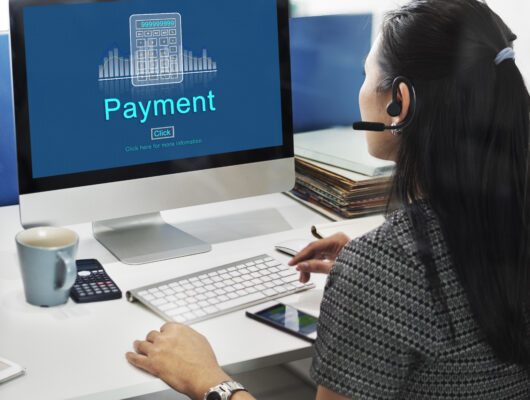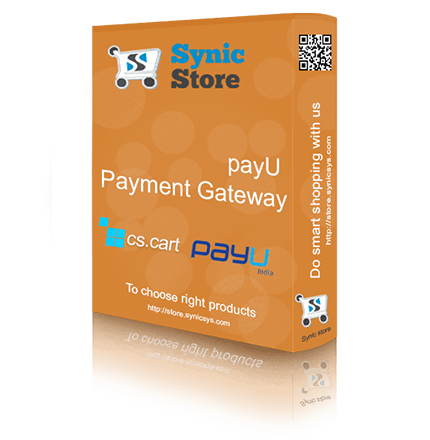
Getting Started with ICICI Payseal Integration
If you’re looking to accept online payments through ICICI Payseal, follow this step-by-step guide to kickstart the integration process and start processing payments securely.
Step 1: Register for a Merchant Account
- Visit the official ICICI Bank website and navigate to the “Merchant Services” or “Payment Solutions” section.
- Look for the option to apply for a merchant account and click on it.
- Fill out the necessary information and provide the required documents as per ICICI Bank’s guidelines.
- Once your application is approved, you’ll receive your merchant account credentials, including a Merchant ID and a Secret Key.
Step 2: Access ICICI Payseal API Documentation
- Login to your ICICI Payseal merchant account dashboard.
- Look for the API documentation or integration guides section.
- Download the API documentation, which contains detailed information about the endpoints, request parameters, response formats, and other technical details.
Step 3: Set up a Development Environment
- Create a development or test environment for your website or application. This allows you to experiment with the integration without affecting your live website.
- If ICICI Payseal offers a sandbox or testing environment, use it to simulate transactions and test different scenarios.
Step 4: Choose Integration Method
- Review the API documentation to understand the available integration methods. ICICI Payseal typically supports various integration options, such as direct API integration, hosted payment pages, or plugins for popular e-commerce platforms.
- Select the integration method that best suits your technical expertise and business requirements.
Step 5: Configure API Credentials
- In your development environment, configure the API credentials provided by ICICI Payseal. These credentials usually include the Merchant ID and Secret Key.
- Ensure that you keep these credentials secure and never expose them in client-side code.
Step 6: Implement API Calls
- Follow the API documentation to start implementing the necessary API calls for payment processing. Common API calls include initiating payments, handling redirects to the payment gateway page, and processing the response after payment completion.
- Implement error handling and logging mechanisms to capture any issues that may arise during transactions.
Step 7: Test Transactions
- Test the integration thoroughly in the development environment using test payment data. Verify that the payment process works as expected and that you receive appropriate responses from the payment gateway.
- Perform various test scenarios, such as successful payments, failed payments, and refunds, to ensure your integration handles different situations gracefully.
Step 8: Go Live
- Once you are confident that your integration is working correctly and securely in the development environment, it’s time to move to the production environment.
- Replace the test API credentials with the production API credentials provided by ICICI Payseal to start processing real payments.
By following these steps, you’ll be well on your way to successfully integrating ICICI Payseal and enabling secure online payment processing for your business. Remember to refer to the official API documentation for any updates or changes to the integration process.




